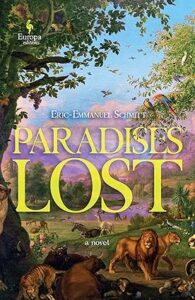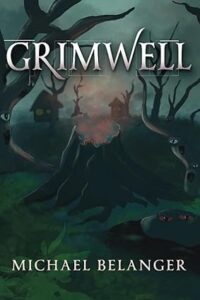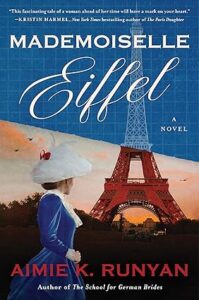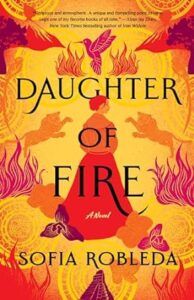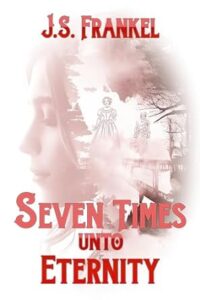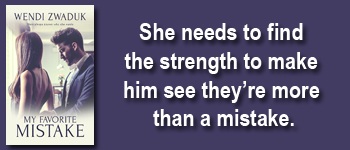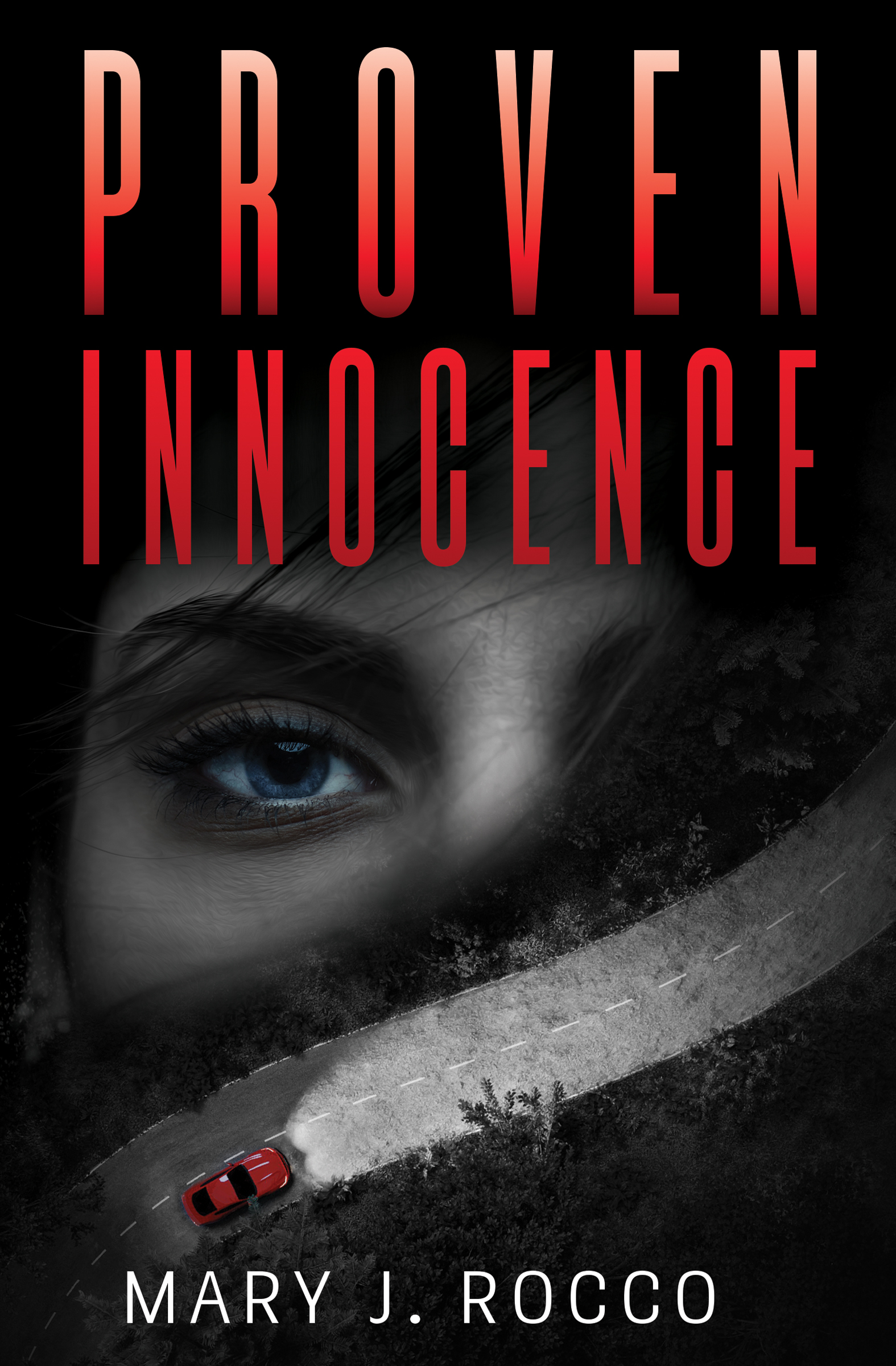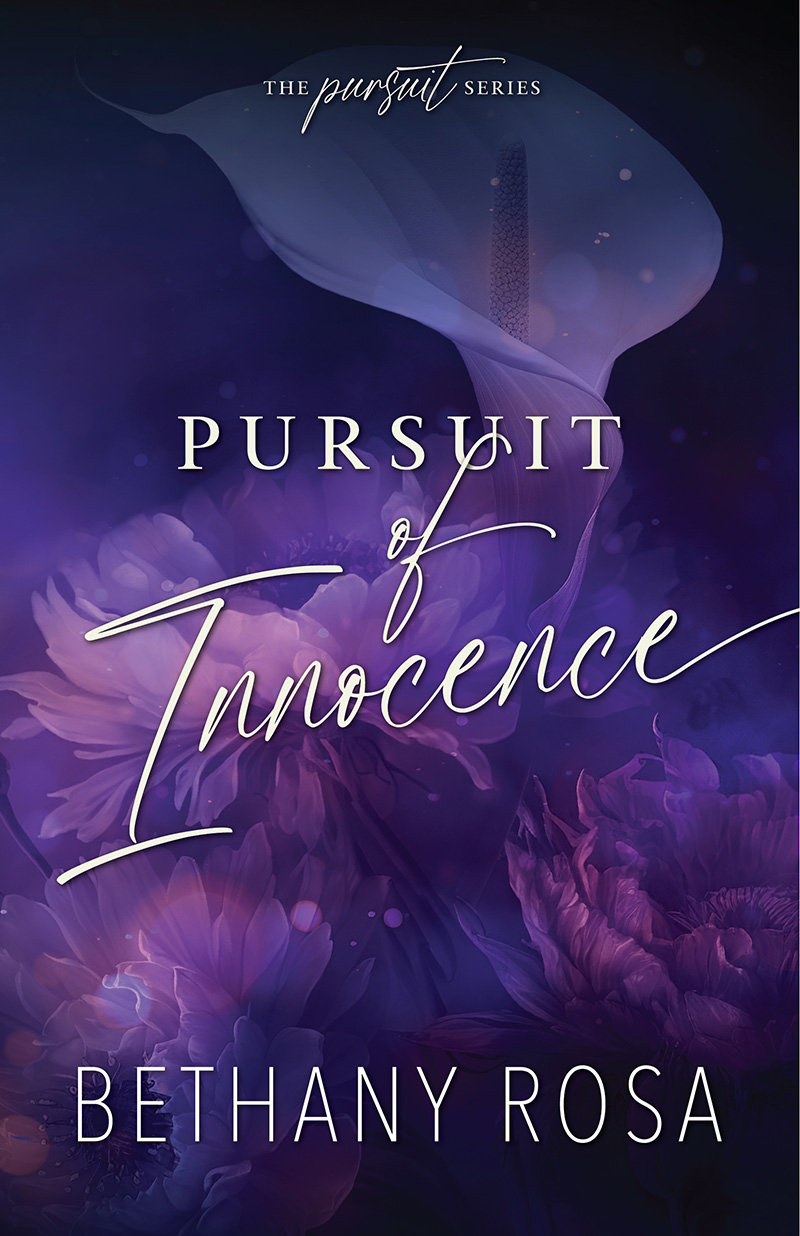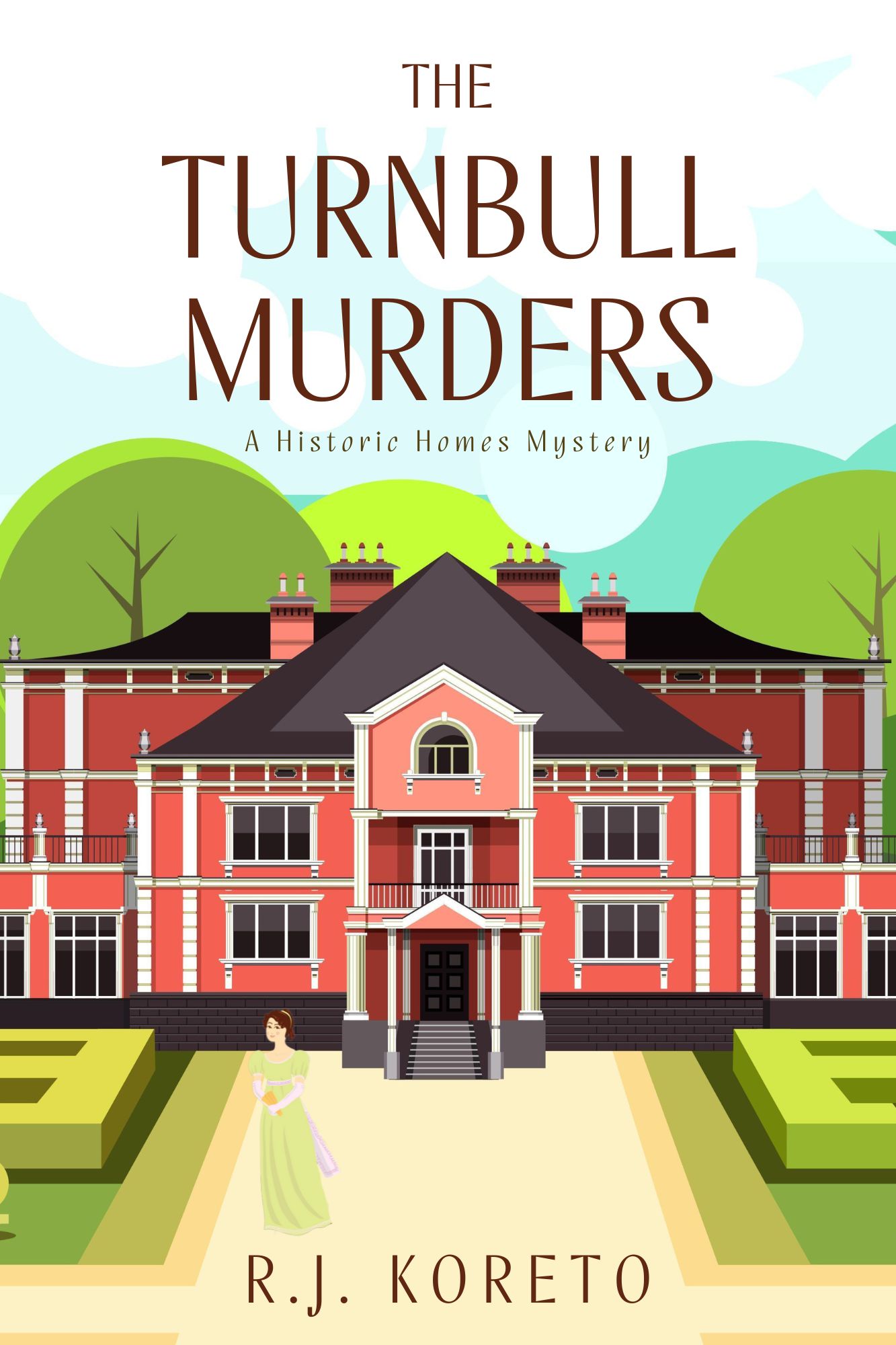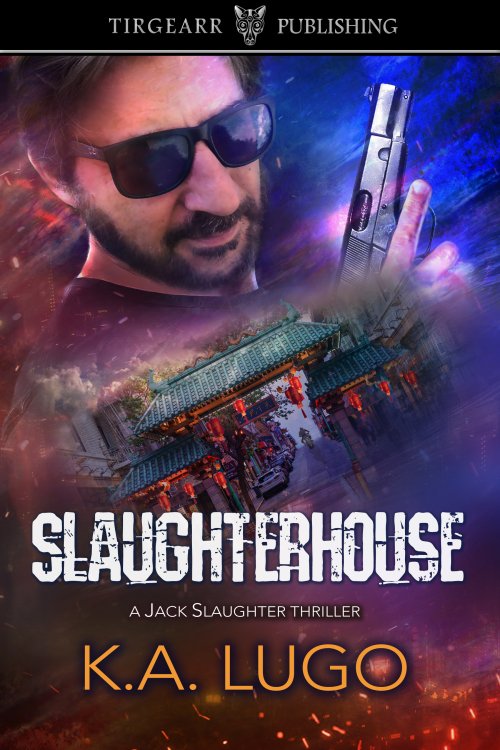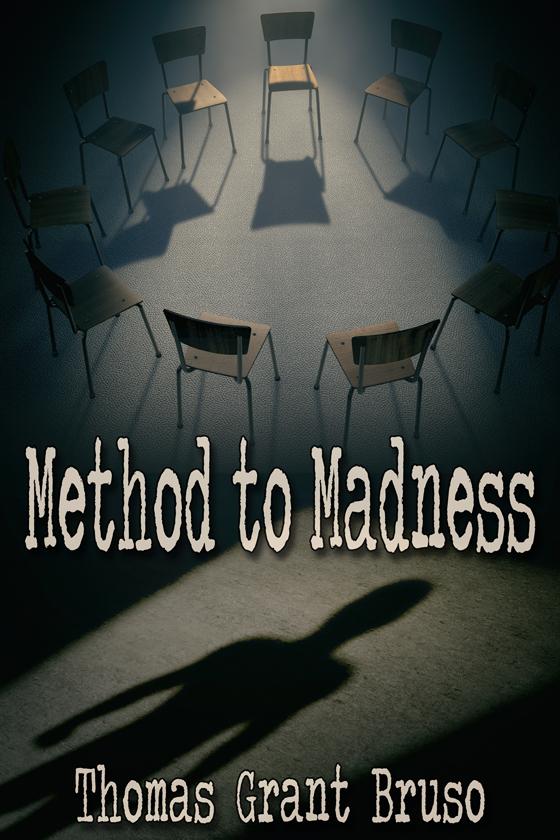The Crossroads Hotel by Karen Avizur
Publisher: Self-Published
Genre: Sci-Fi/Fantasy, Paranormal, Contemporary
Rating: 5 Stars
Reviewed by AstilbeWelcome to the crossroads, where hospitality reigns supreme for the guests who are anything but human.
Marjorie has spent the last two years managing the Crossroads Hotel and Diner, a roadside stop in rural Missouri with a guest list that’s anything but ordinary. The locals are one thing, but it’s the visitors from other dimensions that keep her on her toes. Now, as she trains her new assistant, Josh, he’s quickly learning that dealing with shapeshifters and ageless little girls is just part of the job. But when an unexpected earthquake shakes more than the ground beneath them, Marjorie and Josh discover something far stranger is at play, and it’s no mere anomaly. At a hotel where the bizarre is business as usual, handling the changes might just be the toughest check-in yet.
The customer is always right in supernatural matters.
One of my favorite aspects of this tale involved the backstories of the human characters. It takes a special sort of person to work at The Crossroads Hotel, especially on days when paranormal activity is much higher than usual. Some visitors can do and say alarming things, for example, and not everyone who stays at this hotel is necessarily who or what they appear to be. It made sense, then, that so many of the human employees had good reasons for wanting to work at such an unpredictable place instead of a nice, quiet hotel in another city.
The ending was what convinced me to select a full five-star rating for this piece. Looking back, there were a few clues I hadn’t fully understood at the time that could nudge a reader in this direction, but they could have also been interpreted in wildly different ways, too. I adored the surprise waiting for me in the last few scenes and thought it was executed beautifully. It fit the storyline and character development nicely, and it was also just plain fun to read.
The world building was strong and intriguing. Ms. Avizur created a comfortable but unusual setting where humans coexisted with all sorts of other sentient creatures. The rhythms of hotel life were sometimes interrupted by otherworldly conflicts, but I was honestly just as interested in the ordinary aspects of keeping guests from such a wide variety of backgrounds happy. Customer service remains the same everywhere even if one’s customers happen to be furry or immortal.
The Crossroads Hotel made me yearn for more. The sequel can’t appear quickly enough for my tastes!


